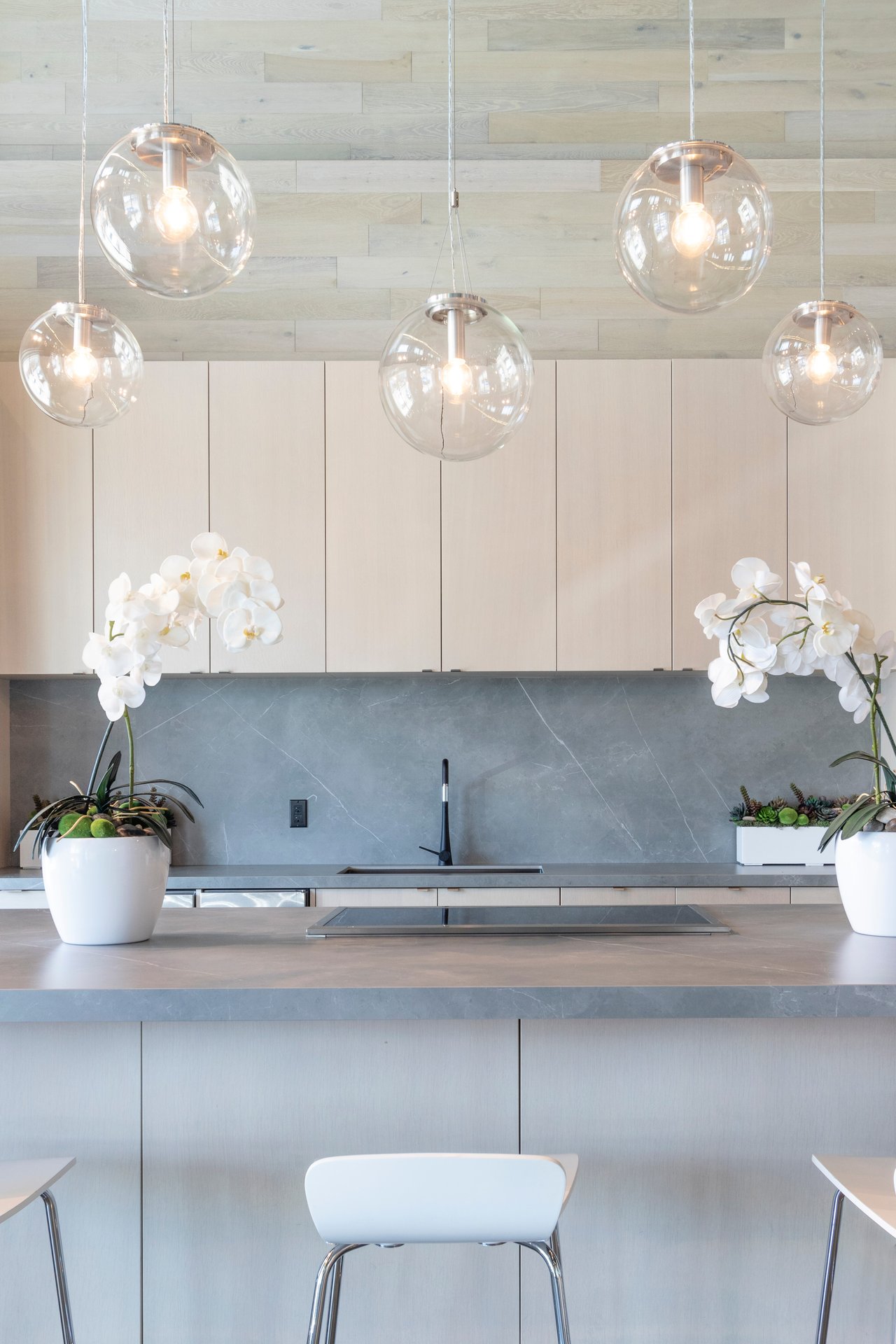For families with young children, the home must be more than beautiful or well-designed—it must also be safe. Ensuring child safety at home is an essential responsibility for any parent, guardian, or caregiver. From common household hazards to modern safety features, creating a childproof environment is a proactive way to protect the well-being of little ones while allowing them to explore, grow, and thrive within the comfort of their own surroundings.
Andrew and Lauren Beghou of Beghou Real Estate regularly assist families looking for homes that not only meet aesthetic and functional needs but also provide a secure foundation for raising children. Whether purchasing a new home, preparing for a newborn, or adapting a space for toddlers, understanding the critical steps involved in safeguarding a home is vital. This guide offers insight into how to ensure child safety at home, with practical recommendations for every area of the property.
Securing Entrances, Exits, and Staircases
Windows should also be addressed. Safety latches or window guards can prevent accidental falls, especially in second-story rooms. Avoid placing furniture near windows to reduce climbing risks, and consider using cordless window coverings to eliminate the risk of entanglement.
Staircases require careful attention. Installing baby gates at both the top and bottom of stairways provides an effective barrier against falls. Gates should be hardware-mounted for stability and positioned in a way that they cannot be pushed over or easily dislodged. Additionally, railings should have narrow spacing to prevent a child’s head or limbs from slipping through.
Childproofing Living Areas
Flooring surfaces should be non-slip and clean, and rugs should include non-skid pads to avoid slipping accidents. Electrical outlets, often located within a child’s reach, should be secured with tamper-resistant covers or sliding plate covers that automatically close when not in use. For homes with fireplaces, installing a screen or gate adds another layer of protection.
Smart home devices can enhance child safety at home as well. Monitors, motion sensors, and security cameras provide added visibility and peace of mind. Integration with mobile apps allows parents to check in from anywhere and receive alerts if a door or cabinet has been opened unexpectedly.
Creating a Safe Kitchen and Dining Space
Appliance safety should also be a priority. Use stove knob covers to prevent children from turning on burners, and opt for back burners whenever possible when cooking. Oven locks, microwave locks, and refrigerator latches can prevent injuries and keep children from accessing food or heated surfaces unsupervised.
For the dining area, avoid using tablecloths that can be pulled down and instead use placemats. High chairs should include a secure harness, and always position them away from walls or counters to avoid tipping hazards.
Bathroom Safety Best Practices
Water temperature should be regulated to prevent scalding. Adjust the water heater setting to a maximum of 120 degrees Fahrenheit and consider installing anti-scald devices on faucets and showerheads. Medications, razors, and personal care products should be stored in high, locked cabinets.
Using childproof door handles or locks on bathroom doors may prevent unsupervised access altogether, particularly in homes with very young children or toddlers just beginning to explore independently.
Childproofing Bedrooms and Nurseries
Furniture should be anchored to the wall, and any cords from blinds, monitors, or electronics must be secured out of reach. Use drawer stoppers to prevent fingers from getting pinched and place soft carpeting or rugs beneath play areas to cushion minor falls.
Nightlights or low-wattage bulbs can reduce the chance of trips or bumps during nighttime wake-ups. For older children, make sure that bunk beds have guardrails and that toys are stored neatly in bins or shelves with rounded edges.
Outdoor Safety Considerations
Decks and balconies must be secured with railing guards, and outdoor play equipment should be installed over soft, impact-absorbing surfaces like mulch or rubber mats. Always inspect play structures regularly for signs of wear or potential hazards.
Grills, gardening tools, and yard chemicals should be locked away in sheds or garages. When creating an outdoor living space for the whole family, consider layout and visibility to ensure children are always within sight during play.
Building Habits and Awareness
Consider enrolling in a child CPR and first aid class, and keep emergency contact numbers posted in a visible location. Maintain a well-stocked first aid kit, and teach older children how to use it responsibly under adult supervision.
Regularly reassess your home as children grow. What was safe for a crawling infant may no longer be adequate for a curious toddler. Child safety at home is not a one-time task—it’s an ongoing commitment that evolves with your family.


